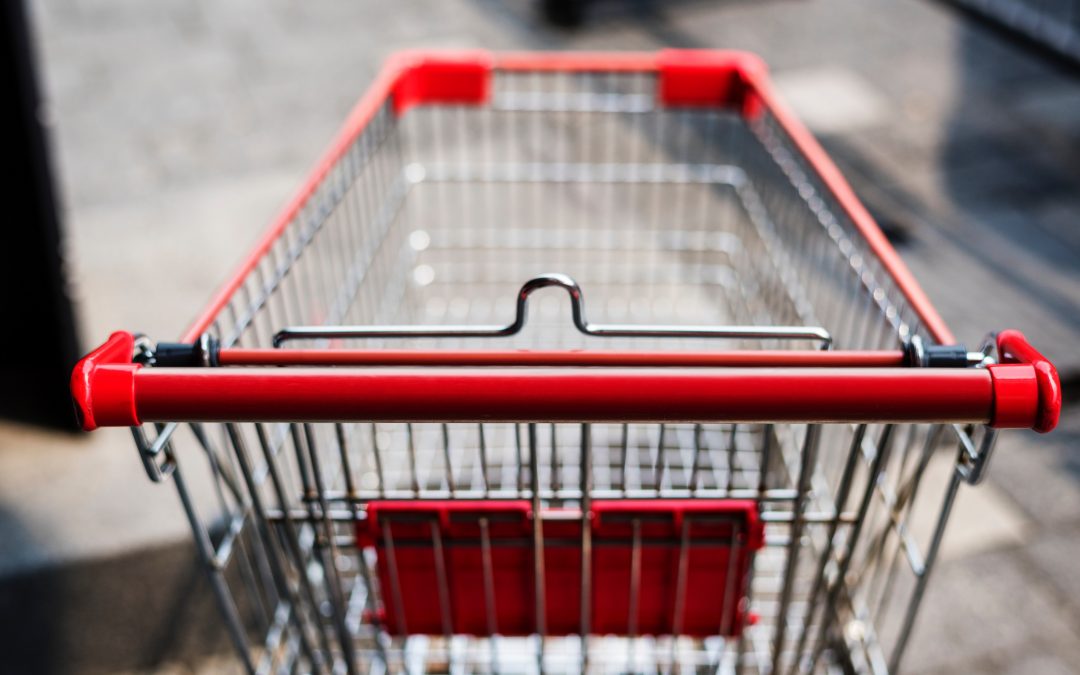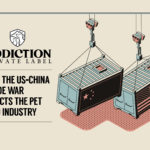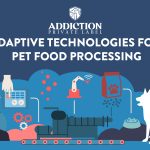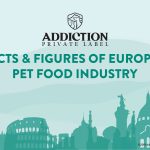Clean label is a consumer-driven initiative that anchors itself on transparency and accuracy of ingredients and processes in the pet food industry.
Likely brought about by trends in humanization and the search for premium products for pet food, it isn’t surprising that the ‘clean label’ has gone from trend to seeming standard in just a matter of years, even launching a website talking about brands and everything ‘clean’.
Among target consumers, millennials represent the largest generational group more likely to acquaint themselves to clean labels. Given this age group’s capacity to spend, they are more likely to look up ingredients, to compare products and to look at products’ reviews online, all while spending more for their pets.
With its growing following, especially among millennials whose ownership and consumption have become more impactful in recent years, manufacturers must take keener interest in exploring how their products can become ‘cleaner’ to reach out to these new consumers.
Here’s why safety should be a major concern for your brand.
These and other factors are pushing manufacturers to take heed of the huge impact that clean label manufacturing has imprinted lately across industries, including pet food.
Defining clean labels
For the most part, clean labels refer to a lot of things, depending on one’s understanding of the initiative.
Often, clean labels have been related to how understandable and simple the ingredients list is, the country of origin of these ingredients, the nutritional values these ingredients carry and the validity of the claims that come with them, among other things.
It also cuts across an array of concepts including transparency (of sourcing and processing), all-natural, organic, non-GMO, free-from and locally grown or sourced.
Ultimately, it is the consumers’ willingness to go the extra mile that impels manufacturers to look twice on clean labels.
How clean is ‘clean’?
So impactful is the movement that consumers have become more interested on clean label ingredients instead of product descriptions or the brand name itself.
Initiatives in human food manufacturing, such as Red Bull US’ organic soda line or Kraft Heinz’s use of annatto and turmeric to replace artificial colors in their Mac & Cheese, has seeped into pet food production, leaving manufacturers asking how clean label could redefine how they and their customers perceive what ‘clean’ ought to be.
For pet food manufacturers, this can likewise imply that a new checklist needs to propel private label production: one that is based on consumer perceptions of what is good for their pets, not just because the product label says so, but because it is so.
With the growing acceptance of pets as family members, more consumers are demanding for shorter, more understandable and simplified ingredients lists, more verifiable sources, and the absence of artificial colors, flavorings, chemicals and preservatives in their pet food. Manufacturers need to be more mindful of these insights.
In the end, these position manufacturers to identify new variables affecting brand formulations. Key considerations can include issues related to the analysis of reduced or limited ingredients; simplified terms and the risks of oversimplification; and the free-from ideology and its adjunct risks, all as a jumping-off point for more critical discussions relating to cleaner private labels.
‘Clean’ up your brand with the right partner
Manufacturers must understand that clean labels are here to stay.
To begin their ‘clean’ journey, it is strategic to look for a partner whose private label manufacturing processes have been known to address what the movement clamored for long before it was even a trend.
Such a partner should be able to provide a massive selection of responsibly sourced proteins and ingredients from trusted local partners to ensure the safety and nutritional benefits of raw ingredients.
Likewise, it must help manufacturers to formulate pet foods that meet international standards set by major independent industry associations like the Association of American Feed Control Officials (AAFCO) and government bodies such as the Ministry of Agriculture and Rural Affairs (MARA), while providing the flexibility to develop pet foods that meet a manufacturer’s own target consumers and retailers.
In the end, manufacturers must understand that ‘clean label’ boils down to consumer demand. Therefore, it is paramount that they exhaustively know their key markets such as China, their retailers and inevitably, their consumers.
This likewise entails two things: one, a clear grasp of what they need to produce as driven by the markets themselves, and two, a solid partnership with a private label manufacturer to get their brands into the very market manufacturers intend to penetrate.
Discover what Addiction Foods Private Label can ‘clean up’ your formulation. Ask us today.











